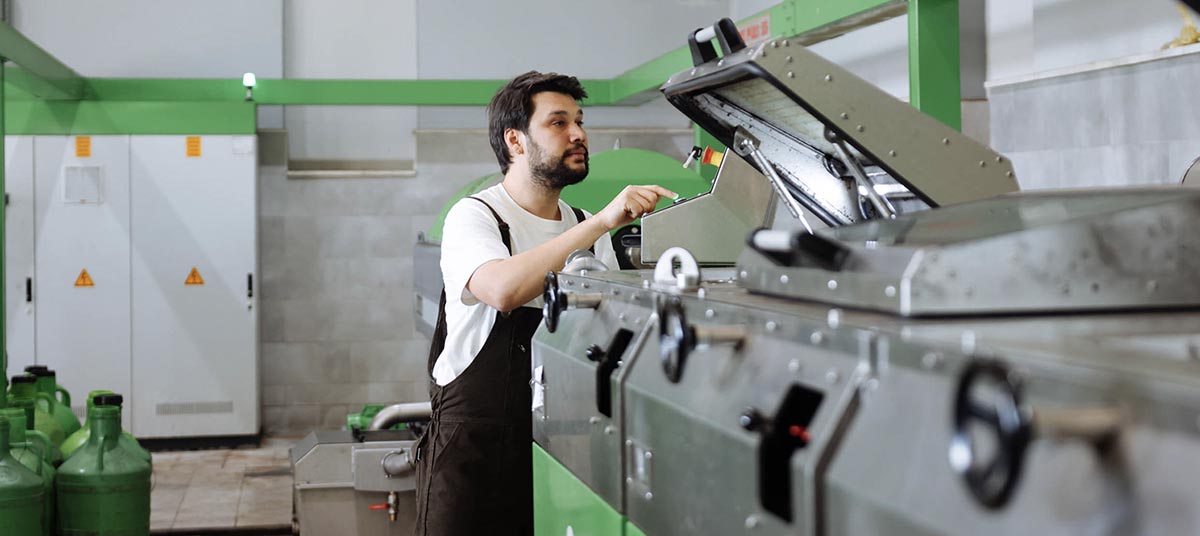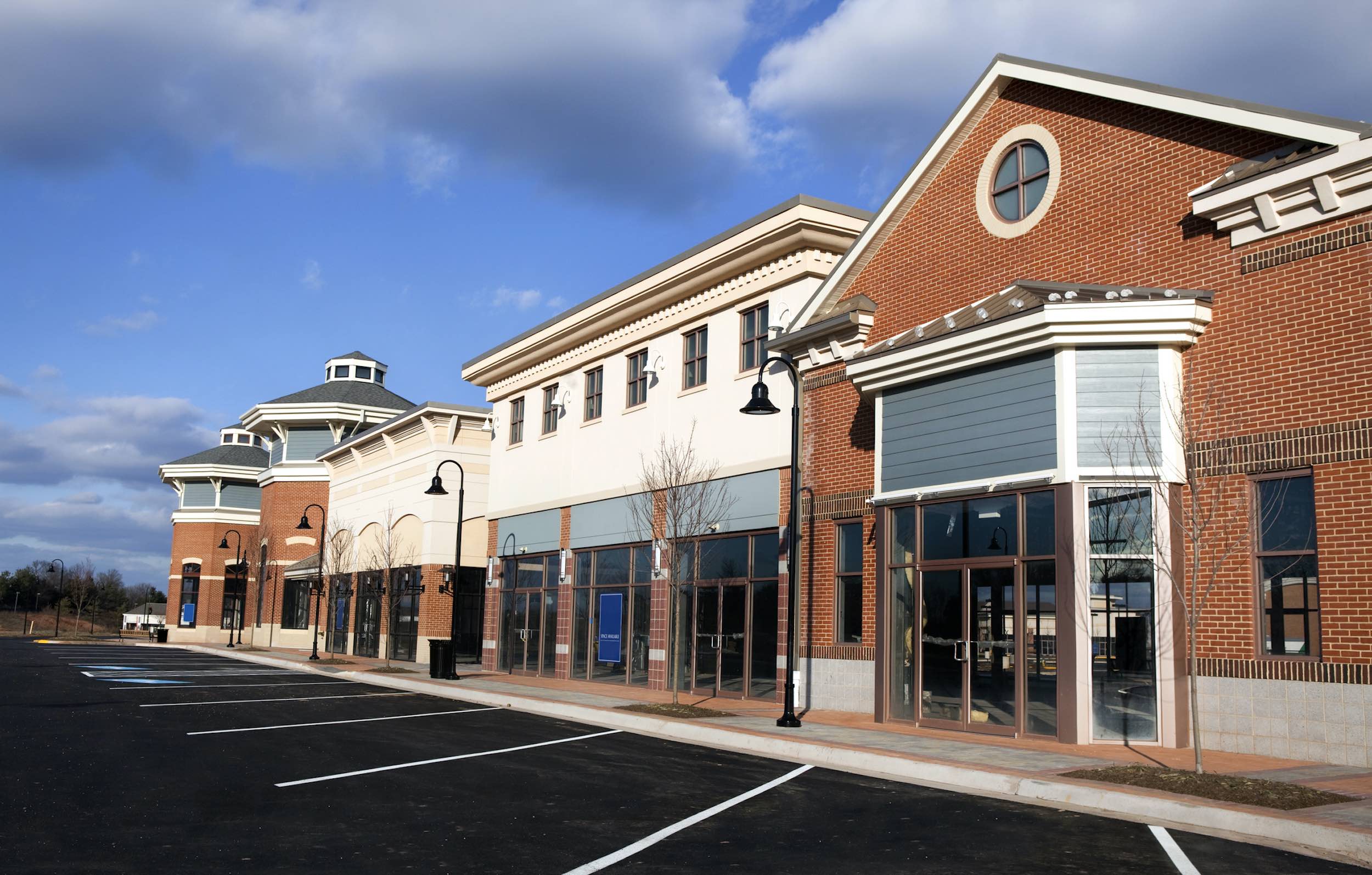Learning Center
We keep you up-to-date on the latest tax changes and news in the industry.
Revitalizing Business: Unveiling the Power of 100% Bonus Depreciation

The return of full bonus depreciation represents a pivotal piece of recent U.S. tax policy, designed to catalyze economic revival. Under the 2017 Tax Cuts and Jobs Act (TCJA), substantial support for bonus depreciation was instituted, and its permanent reinstatement at a full 100% under the "One Big Beautiful Bill Act" (OBBBA) underscores its essential role, especially considering the pandemic's financial impact. This article delves into the tax merits, historical significance, eligibility criteria, and the nuances of bonus depreciation, providing a detailed breakdown of the legislative updates regarding its reactivation.
Historical Background: Economy-Boosting Measures - Initially introduced through the Job Creation and Worker Assistance Act of 2002, bonus depreciation allowed businesses to immediately deduct major portions of qualifying property expenditures instead of spreading out deductions over several years. Though starting at 30%, this rate was increased progressively over economic downturns to eventually reach 100%.
The TCJA further revolutionized bonus depreciation by sanctioning a 100% first-year deduction for qualified assets, greatly incentivizing capital investments. While the TCJA had planned for a phase-out beginning in 2023, leading to a complete stop by 2027, the OBBBA has altered this trajectory by securing the feature long-term.Tax Advantages of Bonus Depreciation - Bonus depreciation delivers immediate tax relief by permitting businesses to fully deduct asset costs in the installment year, thereby boosting cash flow through reduced taxable income. While this intensifies investment incentives, strategic planning is critical to maximize efficiency. Careful consideration must be given, for example, to the interaction with the Section 199A deduction, which is affected by QBI levels.

Eligibility for Bonus Depreciation - Generally applicable to tangible property with an IRS-specified recovery period of 20 years or less, including systems software and certain improvements, bonus depreciation’s eligibility was extended by the TCJA to cover both new and used assets, with exceptions like public utility and dealer properties.
The IRS assigns recovery periods; e.g., a five-year span for most business vehicles. Constraints exist against applying bonus depreciation to real property, which typically has longer recovery timelines.Qualified Improvements and Legislative Challenges - Although the TCJA aimed to consolidate leasehold, restaurant, and retail property enhancements under a 15-year recovery category eligible for bonus depreciation, initial omissions were corrected through the CARES Act to address these legislative oversights.
Bonus Depreciation Opt-Out and AMT Implications - Consent from the IRS is a requisite to revoke opting out unless executed on a timely return. Significant is the exclusion of bonus-depreciated properties from alternative minimum tax (AMT) discrepancies, streamlining tax processes across varied tax regulations.
Depreciation Rules for Business Automobiles - Rules governing "luxury autos" feature special depreciation caps, enhanced through an $8,000 elevation during bonus-eligible years per the TCJA provisions. However, given no specific mention in the OBBBA, these increments are likely ongoing.
Complexities arise with related party rules and Section 179 applications, which necessitate pre-bonus adjustments and subsequent deduction adjustments if asset use drops to beneath 50%.Amendments by Recent Legislation - OBBBA provisions extend 100% deductions for properties acquired and operationalized after January 19, 2025. While for earlier acquisitions, the 2023 term specifies a reduced bonus of 40% but secures substantial foresight for business strategizing.

Qualified Production Property - New OBBBA rulings favor U.S. manufacturing by permitting immediate full deductions for select new and upgraded factory properties and other specified structures post-July 4, 2025.
Qualified Production Property must meet criteria including: utilization in production activities, stateside placement, proprietary original use, and service timing aligned with taxpayer declarations on tax returns up to a January 2031 operational date.
Exclusions arise for parts of properties serving non-production functions such as administration and sales. Contrarily, machinery outside this provisioning generally benefits from 100% bonus depreciation under the restored OBBBA clauses.Understanding Production Activity - A Qualified Production Activity encompasses manufacturing, production, and refining characterized by transformation of the product, excluding basic food or beverage preparations at sale sites.
Any property placed operationally within 10 years requires adherence to maintenance of qualifying use; otherwise, recapture applies, altering applicable gain taxation statuses.
Bonus depreciation's reinstatement serves as a powerful, swift mechanic for economic vitality, affording businesses critical tax advantages. Yet, unlocking its potential demands strategic navigation of QBI planning, AMT nuances, and nuanced qualifications. Aligning with goal-oriented policies, bonus depreciation champions sustained economic progress, alongside new incentives for domestic production capability through enhanced Qualified Production Property regulations. Despite perceptions of orienting towards vast enterprises, pivotal incentives remain accessible to smaller manufacturing entities as well.
For personalized insights on leveraging bonus depreciation for business advantage, feel free to reach out to our office.
Want our best tax and accounting tips and insights delivered to your inbox?
Sign up for our newsletter.